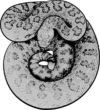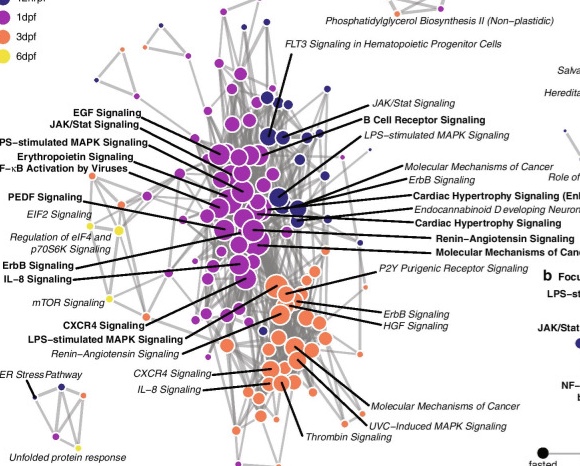Congrats to Ph.D. student Andrea Westfall, lab alumni Blair, Drew, and Nicky, and collaborators, on a new paper that uses diverse gene expression and proteomic data to identify how growth and stress responses form an ‘integrated switch’ that modulates intestinal regenerative growth in vertebrates.
Westfall, A., B.W. Perry, A.H. Kamal, N.R. Hales, J. Kay, M. Sapkota, D.R. Schield, M. Pellegrino, S.M. Secor, S.M. Chowdhury, and T.A. Castoe. 2022. Identification of an integrated stress and growth response switch that directs vertebrate intestinal regeneration. BMC Genomics. 23: 6. PDF
Background: Snakes exhibit extreme intestinal regeneration following months-long fasts that involves unparalleled increases in metabolism, function, and tissue growth, but the specific molecular control of this process is unknown. Understanding the mechanisms that coordinate these regenerative phenotypes provides valuable opportunities to understand critical pathways that may control vertebrate regeneration and novel perspectives on vertebrate regenerative capacities.
Results: Here, we integrate a comprehensive set of phenotypic, transcriptomic, proteomic, and phosphoproteomic data from boa constrictors to identify the mechanisms that orchestrate shifts in metabolism, nutrient uptake, and cellular stress to direct phases of the regenerative response. We identify specific temporal patterns of metabolic, stress response, and growth pathway activation that direct regeneration and provide evidence for multiple key central regulatory molecules kinases that integrate these signals, including major conserved pathways like mTOR signaling and the unfolded protein response.
Conclusion: Collectively, our results identify a novel switch-like role of stress responses in intestinal regeneration that forms a primary regulatory hub facilitating organ regeneration and could point to potential pathways to understand regenerative capacity in vertebrates

